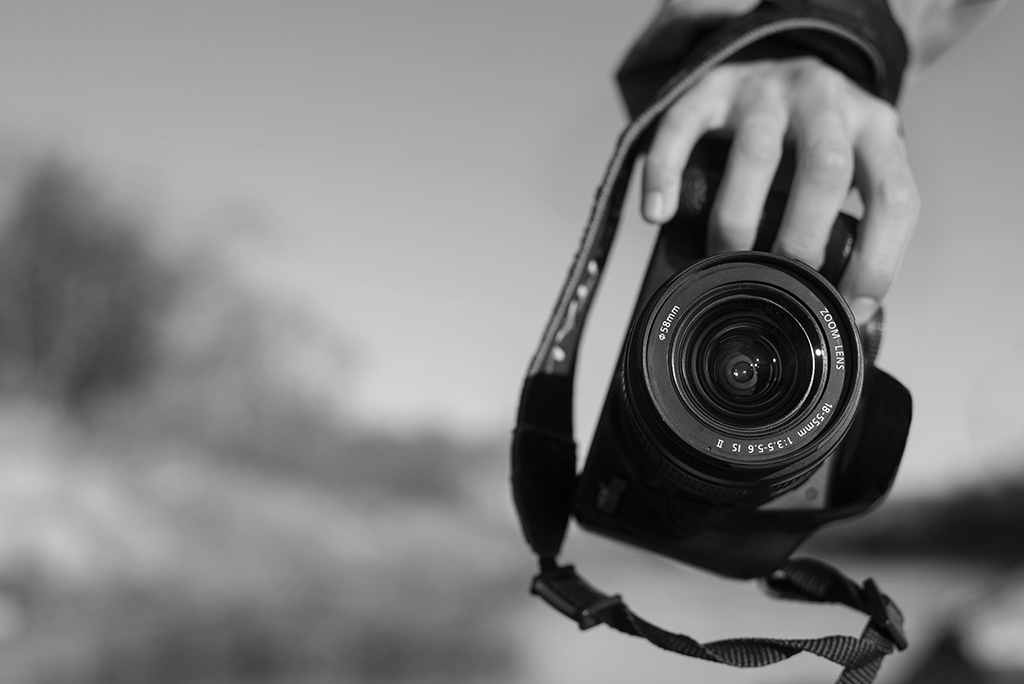in November 18, 1976, the art world lost one of the most pioneering artists of the 20th century. The Man Ray — American photographer, painter, sculptor, and key member of the movement Dada and Surrealism — he left behind a legacy that continues to inspire artists and creators.
Born as Emmanuel Radnitzky On August 27, 1890, in Philadelphia, Man Ray transformed everyday life into a dream, highlighting light, shadow, and texture as tools of a revolutionary artistic language.
🖼️ A project that changed the game: Le Violon d’Ingres (1924)
One of his most famous and recognizable works is the photograph Le Violon d’Ingres, created in 1924In this work, the photograph of the model's body Kiki de Montparnasse is transformed into a wonderful surrealistic vision: the woman's back resembles a violin, while the details of the composition balance between realism and the transformation of the object into a symbol.
With the technique of solarizationMan Ray experimented with lighting and shadows, creating an effect that seems both natural and surreal—a bridge between photography and painting.
⚡ Innovation and Experimentation
Man Ray did not limit himself to photography. He created sculptures, films, and ready-made objects, defying conventional notions of art.
His genius lies in his ability to plays with time, texture, and perception, transforming everyday objects into artistic wonders.
Man Ray's legacy reminds us that art is not just an image; is an idea, a feeling, and a questioning of every rule.
🌑 Death and Legacy
November 18, 1976 marked the end of his life, but not of his influence. Man Ray's works can be found in leading museums around the world, such as the Museum of Modern Art (MoMA) in New York and Centre Pompidou in Paris, and continue to inspire artists, photographers, and creators almost half a century later.
💬 Quote-style Man Ray
"Photography is like painting, except that the camera is the brush and the lens is the eye of the soul."



